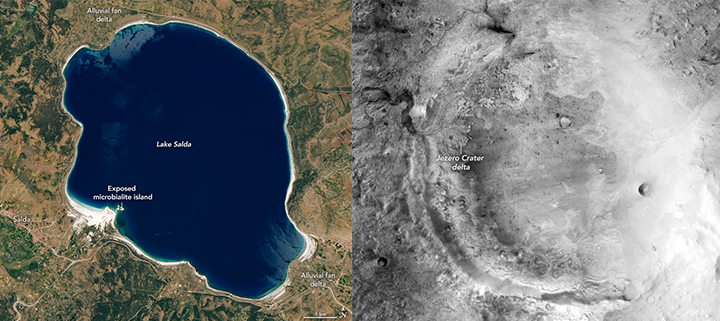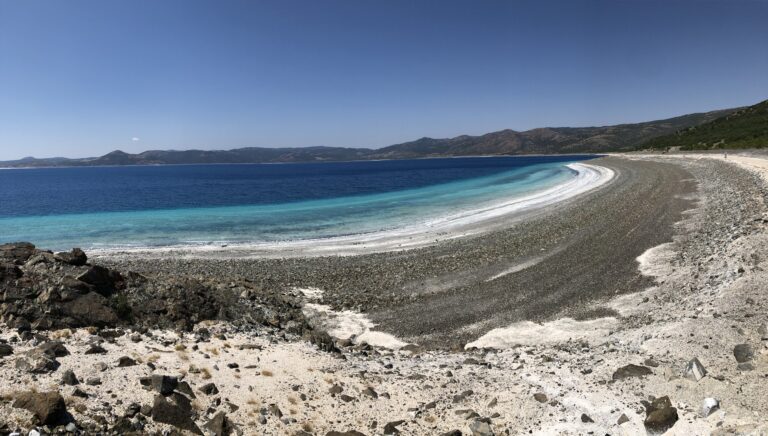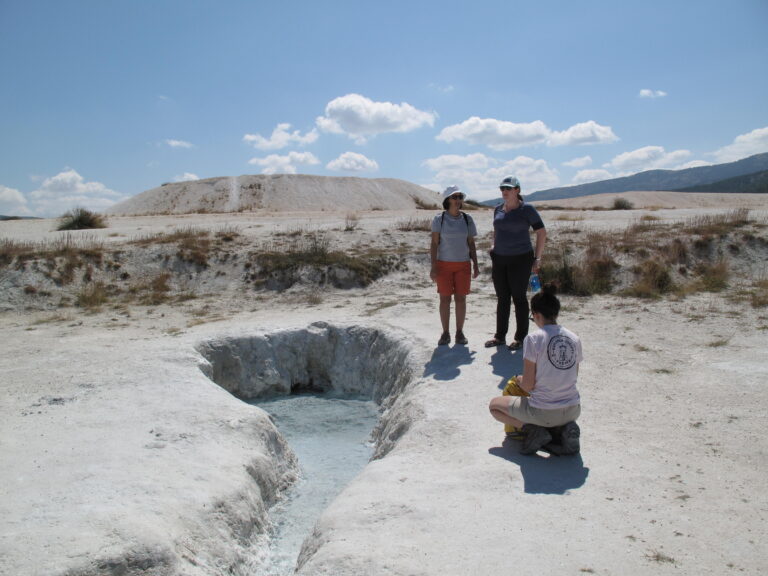
Orca’s marine navigation device offers hope to deeply underserved boating market
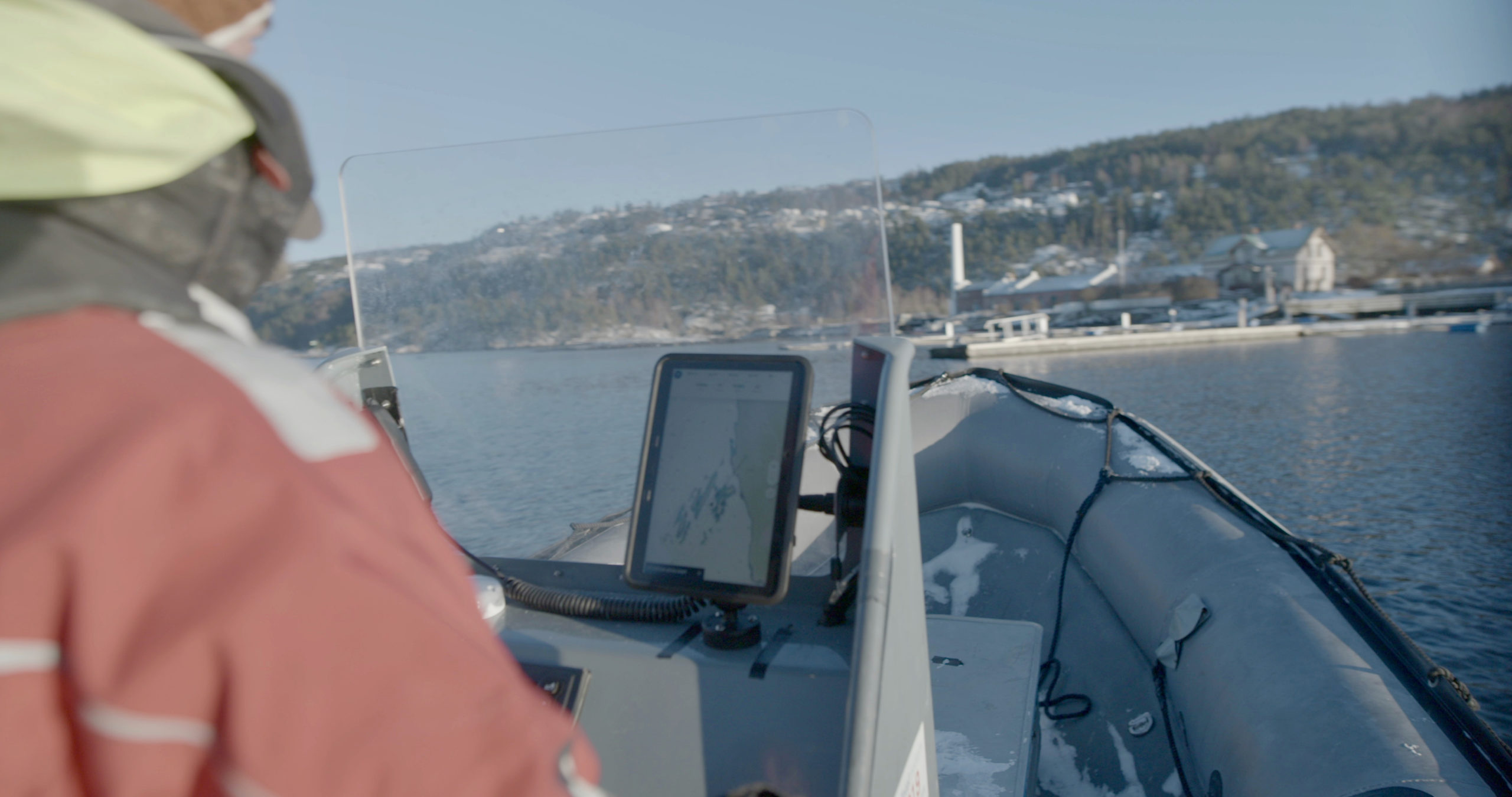
When it comes to marine navigation, the market isn’t exactly flooded with choice. Boaters still have to rely on clunky, old-fashioned GPS devices. They still use SD cards to update maps and grapple through slow-responding, never-ending menus. And they are expected to use a separate mobile app for weather updates or tide forecasts. A modern, seaworthy chart-plotting device that compromises neither on hardware nor on software is still a dream for many.
Norwegian startup Orca wants to change that.
Founded in January 2020, Oslo-based Orca believes that boaters deserve better tools to navigate. “A better understanding of the oceans will allow boaters to navigate safely and securely, will create new business opportunities for the marine industry, will accelerate the transition to electric boating, and will raise awareness of the importance of the sustainable marine industry,” Orca co-founder and CEO, Jorge Sevillano, insists.
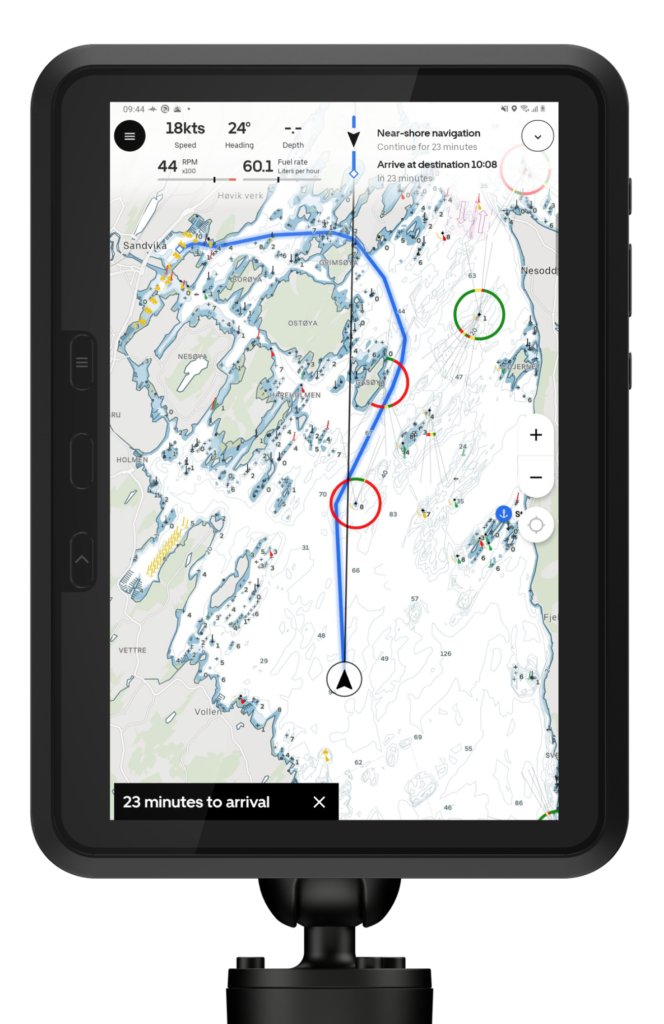 This week, Orca’s marine navigation product, the Orca Display Kit, opened up for pre-orders. The fully-integrated portable system consists of a 10.1-inch full-HD display tablet, a charging mount, and the Orca Core –the primary, 4G cellular-enabled navigation unit that integrates with a boat via NMEA 2000, and can fully replace the traditional NMEA 2000 GPS and compass units aboard.
This week, Orca’s marine navigation product, the Orca Display Kit, opened up for pre-orders. The fully-integrated portable system consists of a 10.1-inch full-HD display tablet, a charging mount, and the Orca Core –the primary, 4G cellular-enabled navigation unit that integrates with a boat via NMEA 2000, and can fully replace the traditional NMEA 2000 GPS and compass units aboard.
It is meticulously designed to offer blazing-fast automatic routing, with live weather forecasts and chart updates via the Internet. Weather and tide forecasts are monitored along your entire route, and the device estimates your travel path to give you insights ahead of time, so you can prepare accordingly. Because of the wireless handoff system, the device syncing works even when the boat is offshore and without cellular reception.
What’s more, the Orca marine co-pilot also helps you to stay on top of your boat’s health – right from fuel capacity to range and battery status. The device learns to read the boat’s performance over time and notifies you of any abnormalities.
“We can build new services that chart plotters can’t even dream of including,” Sevillano recently told TechCrunch. “With the latest tide report and wind, or if there’s a commercial ship going in your way, we can update your range and route. We do updates every week with new features and bug fixes. We can iterate and adapt to user feedback faster than anyone else.”
If you live in Northern Europe, you can pre-order the Orca marine navigation system here.







